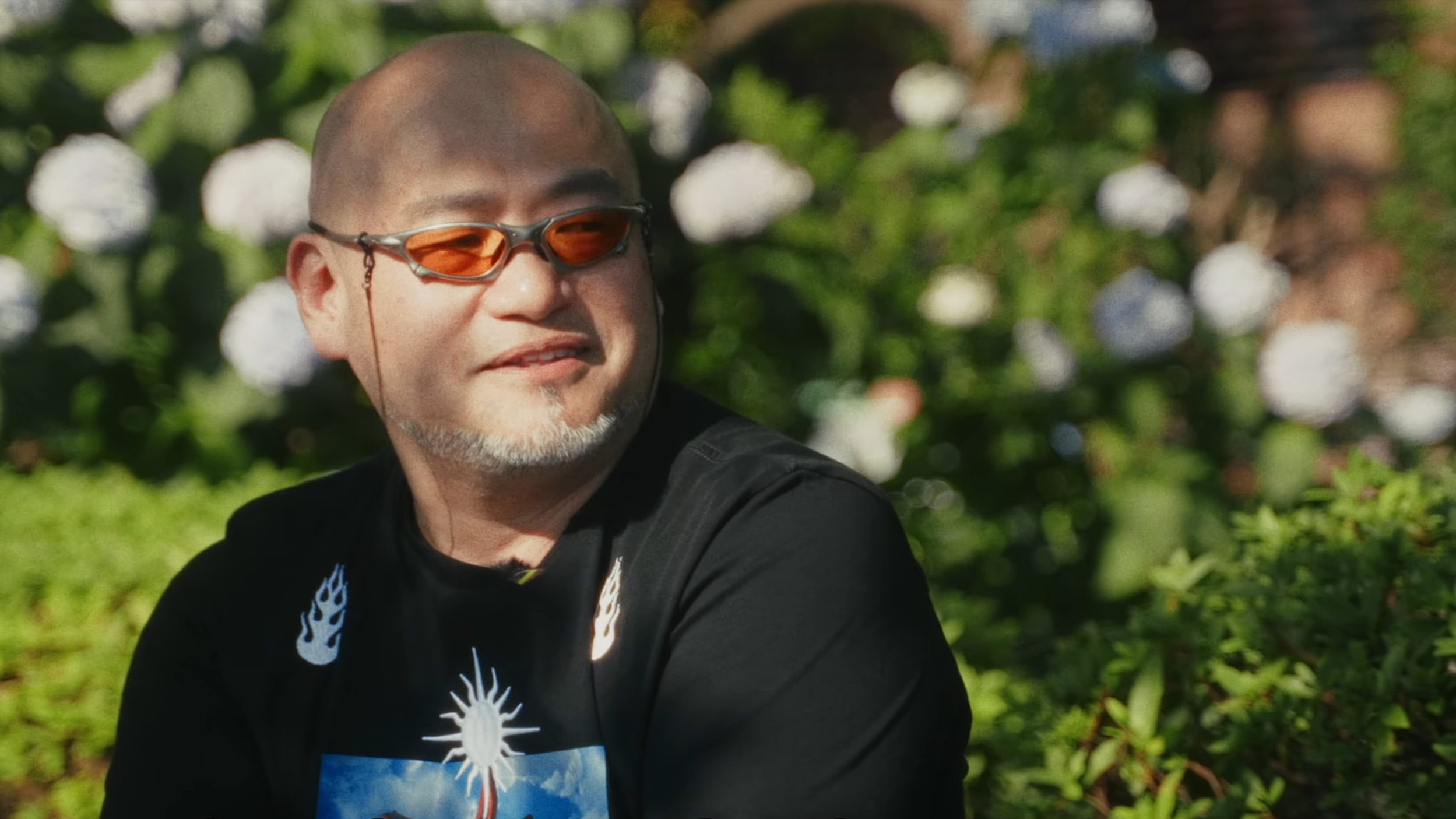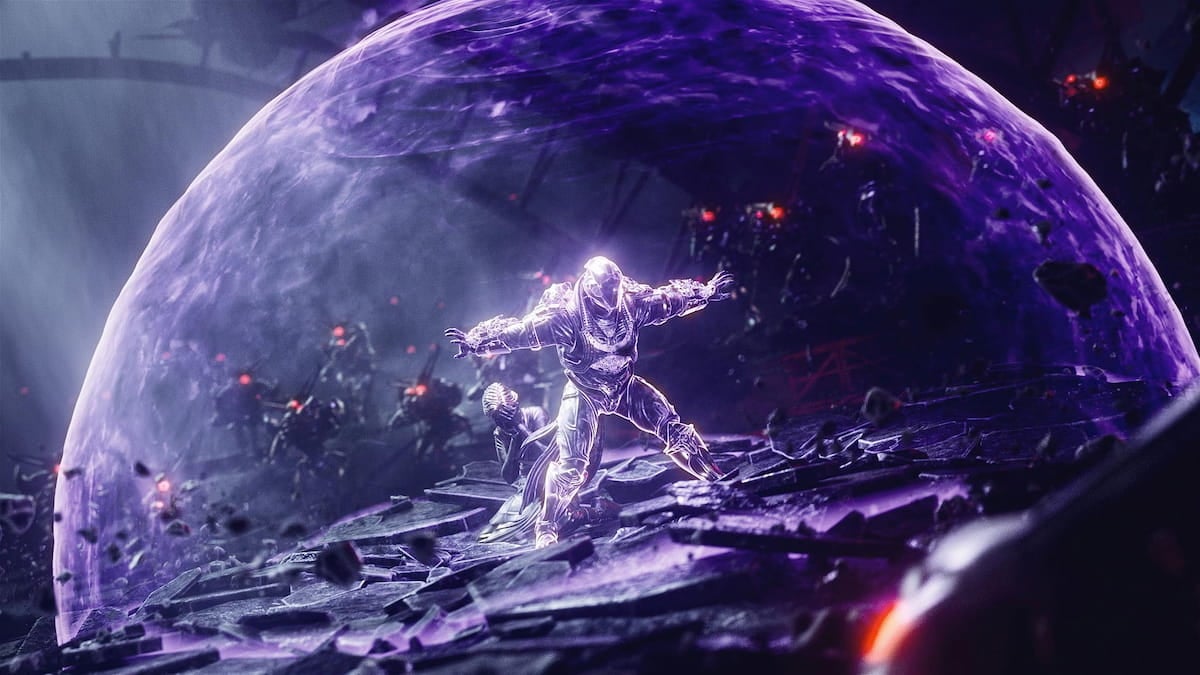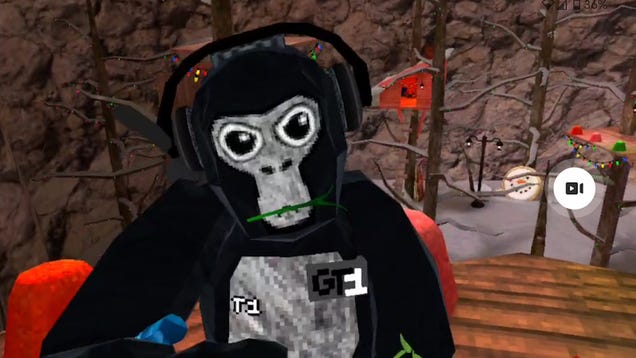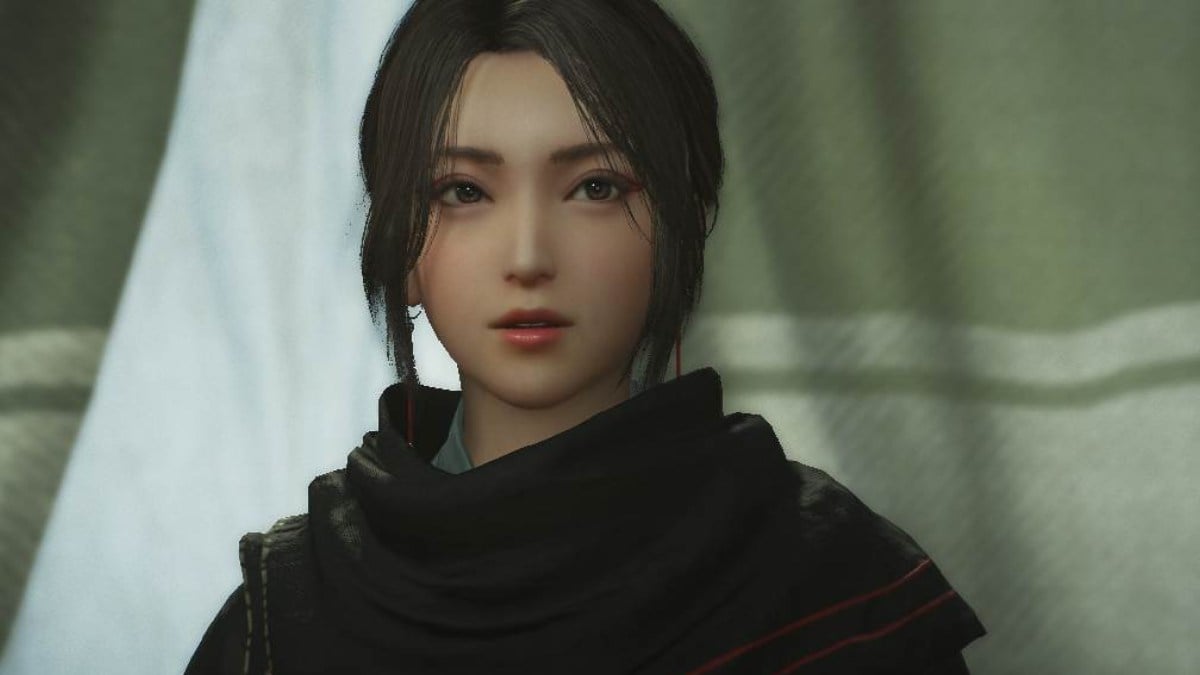
Kingdom Come: Deliverance II Interview: New Setting Will Feature 'Wide Range of Ethnicities and Different Characters'
Earlier today, Warhorse Studios officially announced Kingdom Come: Deliverance II, the sequel to its popular RPG set in medieval Bohemia. In a private presentation to media, Warhorse Studios revealed it would be “twice as big” as the first game, among other details. It also confirmed that the sequel will continue the story of Henry, the protagonist of the first game.
Speaking with IGN over email, Warhorse Studios spokesperson Tobias Stolz-Zwilling shed additional light on what to explore from Kingdom Come: Deliverance II, including some of the practical implications of what it means to be “twice as big” as the original game. Warhorse Studios also touched on how the sequel will approach historical accuracy, and what the introduction of Kuttenberg will mean for the setting overall.
“The story and plot of [Kingdom Come: Deliverance] has evolved — it’s darker, deeper, and more cinematic, yet also crueler with pivotal decisions and plot twists that challenge the players’s conscience. Nevertheless, it retains its humor and down-to-earth approach,” Stolz-Zwilling said. “As mentioned already, Henry is embarking on a journey from the countryside and local quarrels to a relatively cosmopolitan city that is besieged and occupied by the invading king. Naturally, in a place like this, people can expect a wide range of ethnicities and different characters that Henry will meet on his journey.”
Kingdom Come: Deliverance II is currently under development for PS5, Xbox Series X|S, and PC, with a release date set for later this year. Read on for the complete interview.
With Kingdom Come II being twice the size of the original game, can you talk a bit about how the sequel will fill in that extra space? How will Warhorse Studios handle traversal time and other challenges in a game as granular as this one?
Tobias Stolz-Zwilling, Warhorse Studios spokesperson: Theoretically, being twice the size could mean anything—map size, number of quests, new features… and I believe that the answer includes bit of everything. Yes, we have two maps now, each approximately the size of the first game. Yes, we will, of course, have more quests, cutscenes, random encounters and the like. And yes, while we revamped some of the known features from KCD I, we have also added a few cool new things that people were missing, like crossbows and the blacksmithing minigame. If you know how we handle our features, then you can be sure everything we added is based on our desire to create deep and engaging mechanics.
What about Kuttenberg makes it the biggest challenge in the game? What opportunities will players be able to find there that they could’t in the original game?
Stolz-Zwilling: Kuttenberg is a huge metropolitan city that at the time competed with Prague (the capital of the kingdom) – probably even outshined it in most aspects. In KCD II, we don’t spawn NPCs—everyone has their home, job, fun activities, and so on. So you can imagine that a city that now has hundreds of NPCs populating it—with all the features I mentioned—is a challenge in itself. As a little fun fact… we ran out of beds for people in the city, so some need to leave the city by night and populate the outside areas to find shelter. But generally, Kuttenberg is an important silver mining city, and a big part of the KCD2 questline takes place there so players can really look forward to a huge playground of mystery, excitement, adventure but also danger!
Yes, we have two maps now, each approximately the size of the first game. Yes, we will, of course, have more quests, cutscenes, random encounters and the like.
How does Kingdom Come 2 continue Henry’s journey? How does Warhorse manage the difficulty of telling a compelling story featuring a blank slate like Henry, especially within a world as reactive as this one? What does it mean to be about the “problems of kings?”
Stolz-Zwilling: KCD2 takes place right after the events of KCD1; however, it is not necessary to know the first game to fully enjoy the sequel. While the old-time fans will feel right at home, we put a lot of effort into adding enough info and guidance that will bring new players up to speed. But yes, KCD1 was pretty much a story about local lords and their squabbles, while in KCD2 we are moving to a bigger stage with more at stake. Henry gets thrown into the conflict of an invading king versus the people of Bohemia. But he is still this “regular dude” who has to find his place in the world, and he will quickly realize that he needs friends in order to achieve his goals and stay alive.
Has Warhorse finally overhauled the lockpicking system? How?
Stolz-Zwilling: You say that as if it was bad. But of course, we were looking back at what worked and did not work so well in KCD I. But we adjusted the lockpicking already in one of the later patches of KCD and made it a little more accessible while it remains true to its nature.
Tell me about the decision to stay with CryEngine. What opportunities does it afford over Unreal Engine 5? How will Kingdom Come 2 take advantage of its technical improvements?
Stolz-Zwilling: The easy answer would be that we stayed with the CryEngine because all our internal pipelines are built around it. And I am sure that every developer on earth gripes about the engine they’re using and dreams of something else—that is the natural way of things. However, even in the early days of the KCD I development, we already heavily adjusted the CryEngine to make it fit our needs, and we are doing the same today. I am sure it is very different from what one would call “a CryEngine,” and still, we are happy to have it—it does what we need and in all honesty. If you look back at the first KCD, I strongly believe that the game visually aged extremely well—thanks to the engine.
I’d love to hear some specific examples of how the world’s reactivity can surprise and delightplayers. How far does Kingdom Come actually take this? Reactive systems are notoriously challenging to incorporate when it comes to the sheer amount of dialogue, voice acting, etc.
Stolz-Zwilling: KCD is really all about the little things here and there… the details… The things that make you really believe that this is a living and breathing world. For instance, we don’t spawn any NPCs magically behind your back. So if an NPC sees you committing a crime, they will either fight you directly (depending on their stats, your stats, your looks, your reputations—as you can see a lot of RPG elements going on there), or the NPC will run off, call the nearest guard who will try to get you.
If you happen to be gone by the time the guard arrives, the NPCs in the area will be more vigilant than they were before, and skill checks might be harder. But this goes both ways. If you are standing with a bloody weapon next to some poor victim, they might connect the crime to you. Overall, the world should offer more random encounters, or people shouting something at you… you can now even give a quick answer in a new chat mode (select a button for a quick answer) that lets you interact with the world of KCD in a way more natural way without locking you into a dialogue screen. We simply want you to immerse yourself in a medieval world without too many obstacles.
Warhorse Studios now has 250 workers, but that’s still very small by games industry standards. Larian has multiple studios worldwide, for example. Can you talk about how Warhorse is managing this work with such a small team?
Stolz-Zwilling: Pure dedication? No really, I must say the team is really passionate about what they are doing, and as a matter of fact, most of the people that worked on KCD are also on KCD2, we have many devs in the team that are already 10 years at Warhorse Studios—me included. I’d say that the turnover rate is very small, which in all honesty I believe is a good sign in turbulent times like these. Also, we are using outsourcing much more than we did for KCD I, you will see many more people in the credits than just the core Warhorse team.
Aside from crossbows and early firearms, what are some of the other ways that Kingdom Come 2 overhauls its combat?
It is important to say that we stay true to what KCD and what Warhorse stands for, and that is trying to depict real medieval combat. That being said, we made some changes in the combat system and we tried to make it more accessible while retaining the realistic in-your-face feel. We want the combat to feel hard and heavy but also easy to pick up. You should feel the weight of your weapon and every hit you land. If you take a mace for instance, you can bash your way through the enemy lines without thinking much of tricks and combos. However, if you really wish to go deep into the system, learn all the ins and outs, then a longsword would be your weapon of choice, offering a more sophisticated approach. This btw could be said for all the systems and features of the game – we offer them to you, use them… but if you don’t want to… fine. There is no right or wrong, just your way… and you define your path.
Kingdom Come: Deliverance’s philosophy on historical accuracy was debated quite a bit at release, particularly in regards to its lack of people of color. Has Warhorse’s approach or philosophy changed at all with Kingdom Come 2? What new historical data will Kingdom Come 2 be incorporating, if any?
[Note: We also asked if there would be more content like the A Woman’s Lot DLC, and Warhorse Studios asked to combine their answers into the one below.]
The story and plot of KCD has evolved—it’s darker, deeper, and more cinematic, yet also crueler with pivotal decisions and plot twists that challenge the players’s conscience. Nevertheless, it retains its humor and down-to-earth approach. As mentioned already, Henry is embarking on a journey from the countryside and local quarrels to a relatively Cosmopolitan city. that is besieged and occupied by the invading king. Naturally, in a place like this, people can expect a wide range of ethnicities and different characters that Henry will meet on his journey.
Kuttenberg is playing a very important role in Henry’s story, so I can’t really tell you too much for spoiler reasons, but as I mentioned before—in KCD I, Henry grew from a boy to a man, and now in KCD2, he is growing from a man to a warrior. However, he can’t do this by himself, and he needs a strong cast of friends to help him on his journey.
We are trying to depict a realistic, immersive, and believable medieval world that is being reconstructed to the best of our knowledge. And naturally to achieve that we are not only having our own in-house historian, but we are very closely working together with universities, historians, museums, reenactors, and a group of experts from different ethnicities or religious beliefs that we are actively incorporating into development as external advisors.
Has the recent heavy restructuring within the Embracer Group impacted Kingdom Come 2?
No, Warhorse Studios were fortunate to be unaffected by the restructuring, and we continue to have a great relationship with our parent company, Plaion.
Kat Bailey is IGN’s News Director as well as co-host of Nintendo Voice Chat. Have a tip? Send her a DM at @the_katbot.






